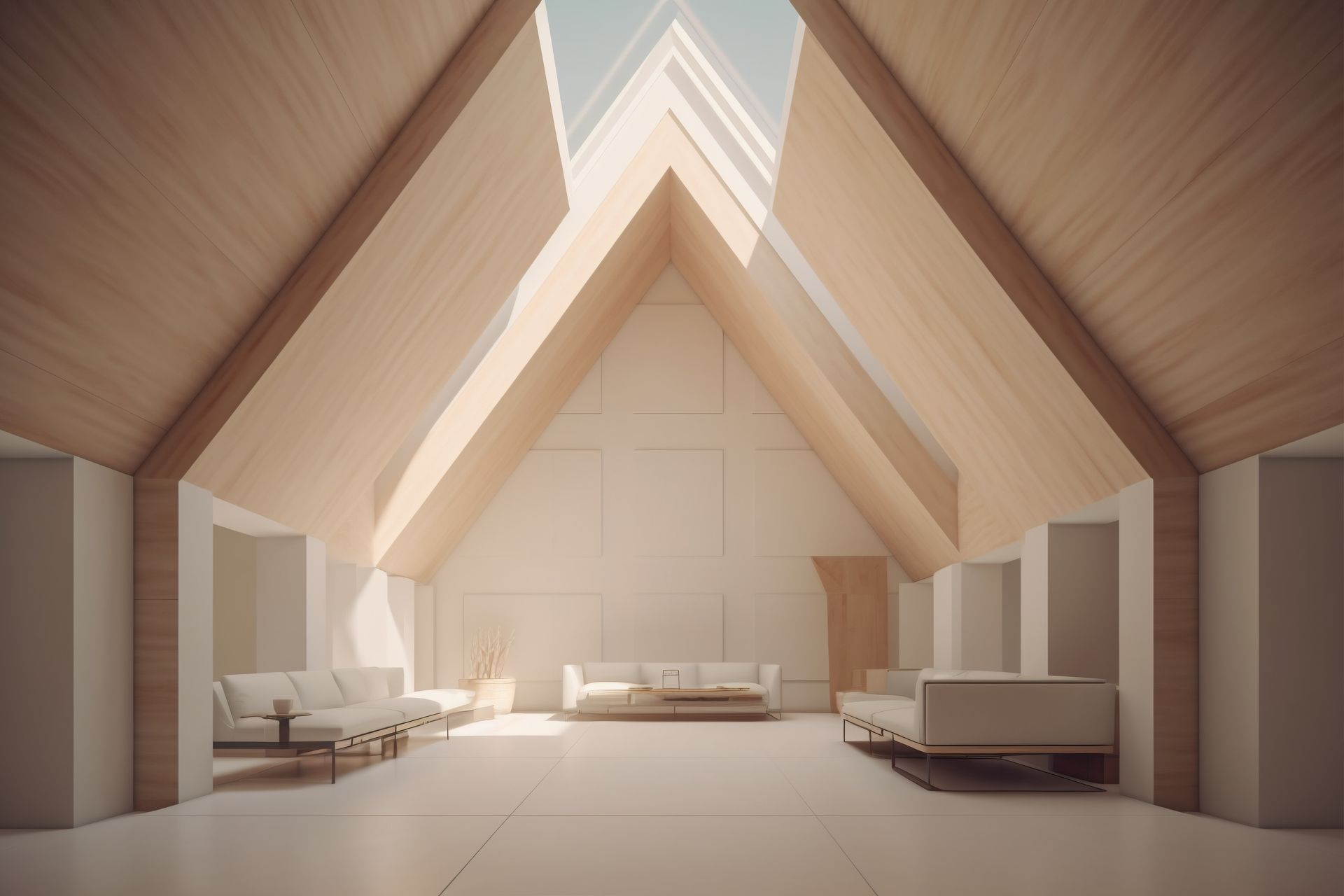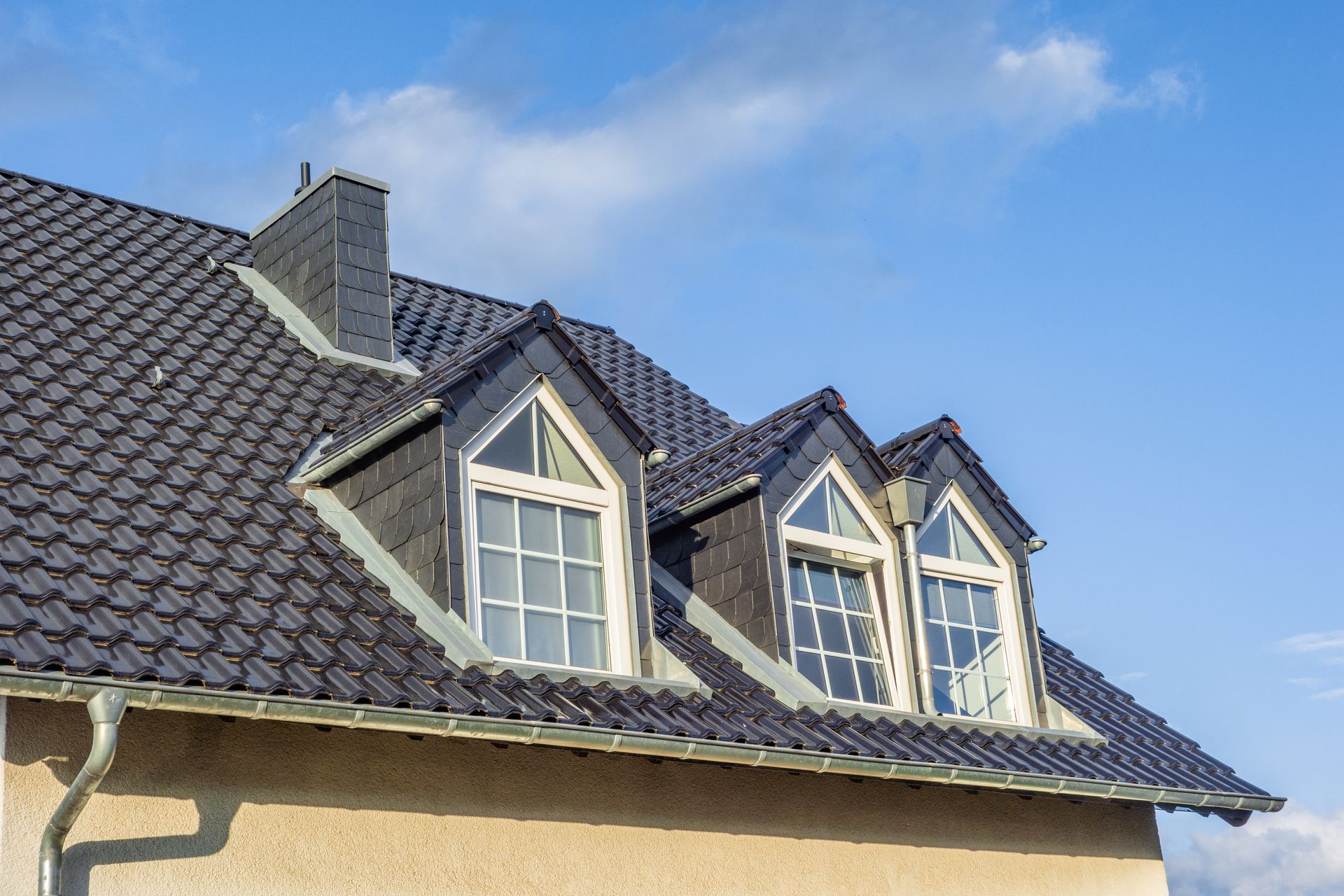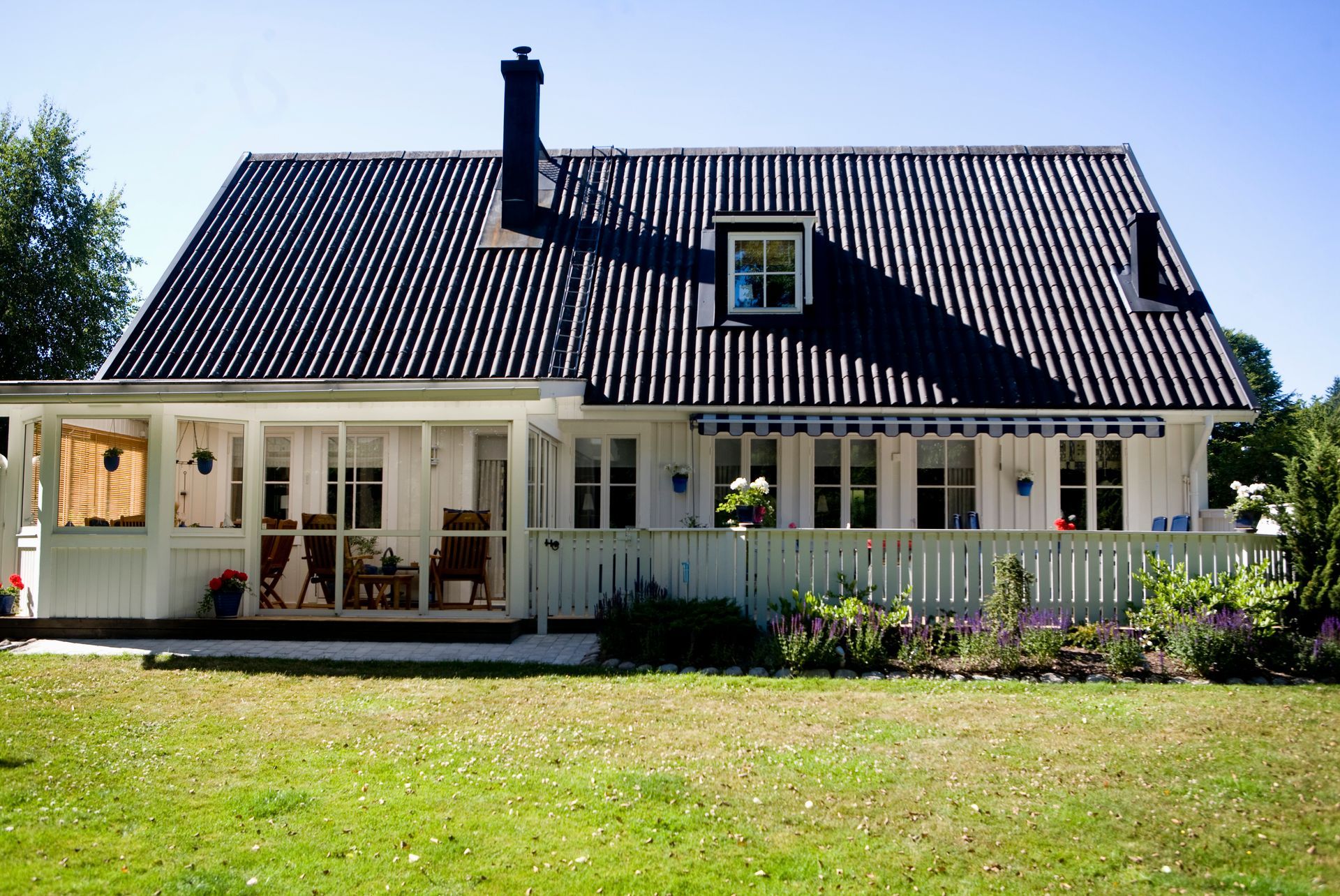





Hip to Gable Loft Conversion: Cost Breakdown and Budgeting Tips
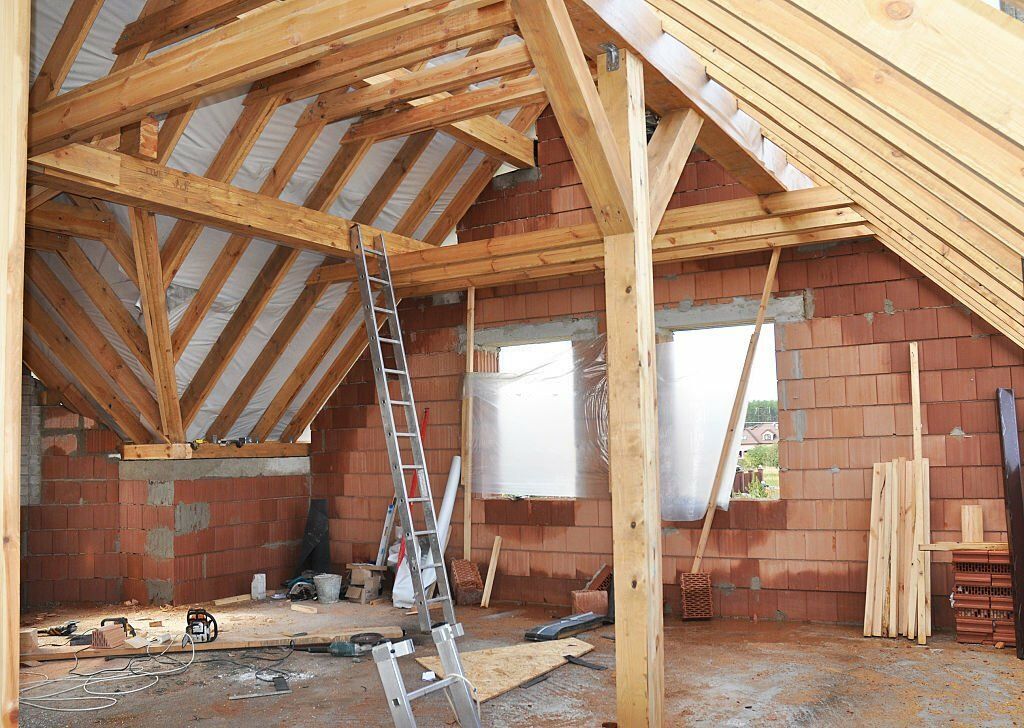
Transforming your attic into a functional living space through a Hip to Gable loft conversion is an exciting prospect, but understanding the associated costs and budgeting effectively is crucial for a successful project. In this guide, we'll delve into the intricacies of Hip to Gable loft conversion costs, providing you with a comprehensive breakdown and valuable budgeting tips to ensure your loft transformation is not only seamless but also financially sound.
Unlocking the Potential: Types of Loft Conversions
Before we dive into the cost breakdown, let's briefly explore the world of loft conversions. There are various types available, each catering to different needs and architectural structures. Apart from the Hip to Gable conversion, common options include Dormer, Mansard, and Velux loft conversions. Working with a loft conversions specialist can help you determine the most suitable type based on your property and requirements.
The Anatomy of Hip to Gable Loft Conversion
A
Hip to Gable loft conversion involves extending the existing hip roof to a gable end, creating additional headroom and living space. This type of conversion is ideal for houses with a hipped roof design, providing a seamless integration with the existing structure. The loft space transformation from a neglected storage area to a fully functional room is a game-changer for homeowners seeking extra space without sacrificing outdoor areas.

Cost Breakdown: Where Your Money Goes
Structural Changes (30%): The primary chunk of your budget goes into structural modifications. This includes reinforcing the existing roof structure, extending the hip to form the gable, and creating the necessary supports. Professional advice is crucial at this stage to ensure the structural integrity of your home.
Roofing (20%):
The roofing aspect covers not only the extension itself but also the materials used. Opting for high-quality roofing materials is an investment in durability and energy efficiency. Discussing the options with your
loft conversions specialist can help you find the right balance between cost and quality.
Insulation (15%):
A well-insulated loft is not only a regulatory requirement but also a long-term cost-saving measure. Proper insulation ensures your new living space is comfortable year-round and can lead to reduced energy bills.
Windows and Doors (10%):
Installing windows and doors is another significant expense. Skylights or dormer windows can flood the space with natural light, enhancing the overall ambiance. Consider energy-efficient options to further optimize your investment.
Interior Finishes (15%): The remaining budget is allocated to interior finishes. This includes flooring, wall finishes, electrical work, and any customized features you want to incorporate. This is where your loft conversions ideas come to life, turning the space into a personalized haven.
Contingency (10%):
It's wise to set aside a contingency fund for unforeseen expenses that may arise during the project. This ensures you're prepared for any surprises without compromising the quality of your loft conversion.
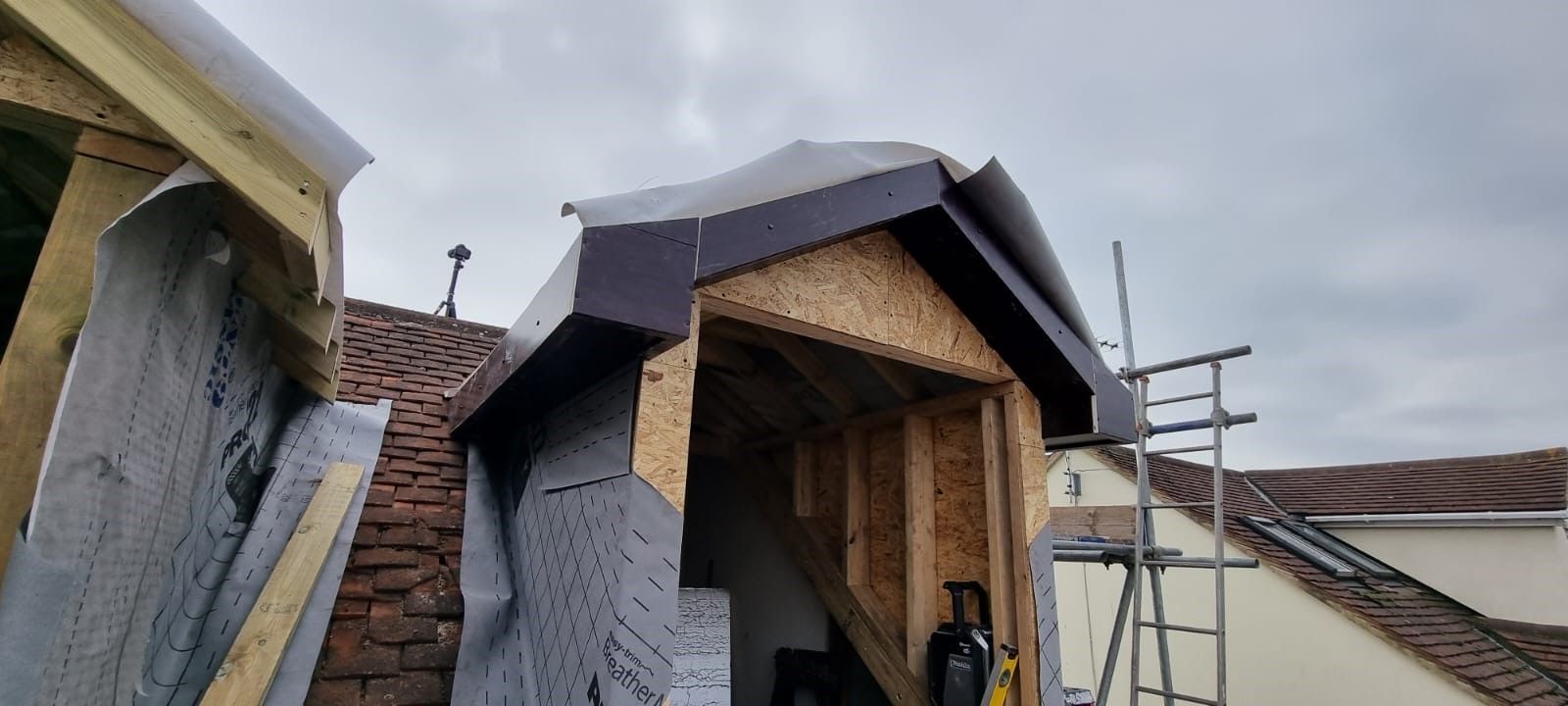
Budgeting Tips: Maximizing Value
Plan Thoroughly:
Before you start, plan every aspect of your loft conversion meticulously. Consider the layout, the purpose of the space, and any additional features you want to include. This planning phase will help you make informed decisions and avoid costly changes later on.
Get Multiple Quotes: Reach out to several
loft conversions specialists for detailed quotes. This not only gives you an idea of the average cost but also allows you to choose a contractor whose expertise aligns with your vision.
Prioritize Essentials: Identify the essential elements of your loft conversion and allocate a significant portion of your budget to them. This ensures that, even if you need to make adjustments due to budget constraints, the core aspects of your project remain intact.
Consider Long-Term Savings: While upfront costs are significant, consider the long-term savings associated with energy-efficient features and high-quality materials. Investing a bit more initially can lead to substantial savings on utility bills and maintenance in the years to come.
Stay Realistic:
Be realistic about your budget and expectations. A professional loft conversions specialist can provide guidance on what is achievable within your financial constraints and help you prioritize accordingly.
Loft Conversions Essex: Your Trusted Partner
As you embark on your Hip to Gable loft conversion journey, partnering with a reputable loft conversions specialist is paramount. At Loft Conversions Essex, we specialize in turning your loft space transformation dreams into reality. Our experienced team understands the nuances of different
loft conversions types and provides tailored solutions to suit your needs.
In conclusion, a Hip to Gable loft conversion is a valuable investment that enhances both the space and value of your home. By understanding the cost breakdown and implementing effective budgeting tips, you can navigate this transformation with confidence. For expert guidance and unmatched craftsmanship, choose
Loft Conversions Essex as your trusted partner in realizing the full potential of your loft space.



